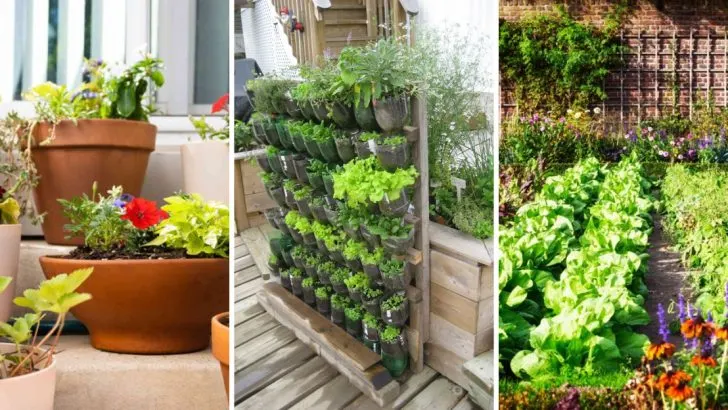Gardening in 2025 is all about innovation, sustainability, and creating outdoor spaces that reflect personal style and environmental consciousness. From eco-friendly practices to high-tech tools, the latest trends focus on blending beauty with functionality.
Whether you’re looking to enhance biodiversity, grow your own food, or design a space that’s both modern and timeless, these trends offer inspiration for every gardener. Here are 12 gardening trends that are set to take over this year, helping you transform your garden into a haven of creativity and sustainability.
No-Dig Gardening
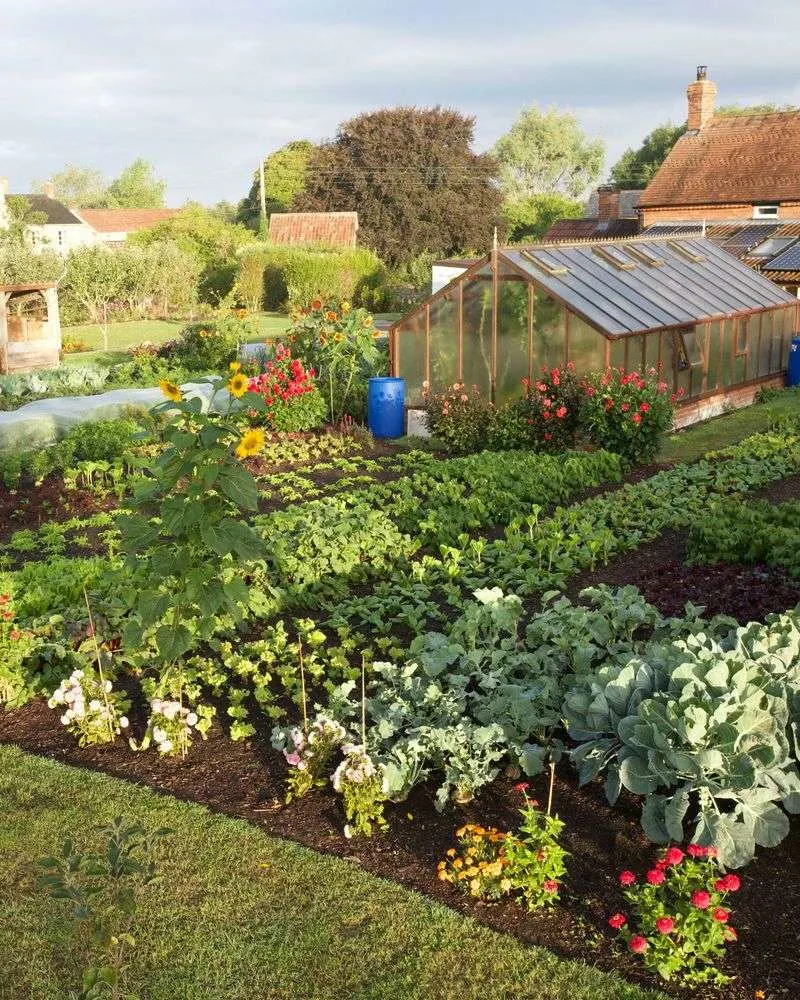
Gardeners are increasingly turning to no-dig methods to enhance soil health. This approach minimizes soil disturbance, allowing beneficial organisms like earthworms to thrive. By layering organic materials, you can create nutrient-rich soil that reduces weeds and retains moisture effectively.
Not only does this technique save time and effort, but it also promotes biodiversity. It’s an eco-friendly option that requires fewer resources while yielding robust, healthy plants. As awareness grows about sustainable practices, expect to see no-dig gardening embraced by both urban and rural gardeners alike.
Vertical Planting
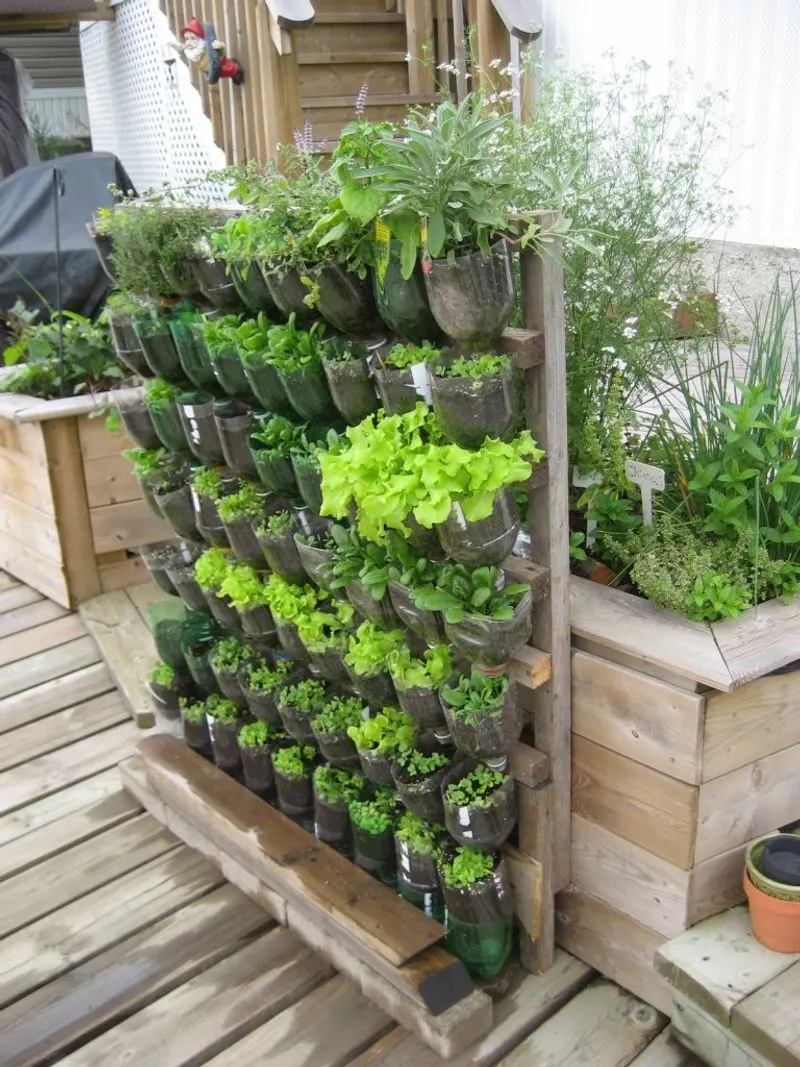
For those with limited space, vertical planting is a game-changing strategy. By utilizing vertical surfaces, gardeners can maximize planting areas and grow a variety of plants.
Whether it’s a wall of verdant herbs or cascading flowers, this method is both practical and visually appealing. Vertical gardens are not only functional but also provide insulation and improve air quality, making them ideal for urban environments. As cities continue to expand, vertical planting offers a green solution to space constraints, transforming small areas into lush, productive gardens.
Smart Gardens
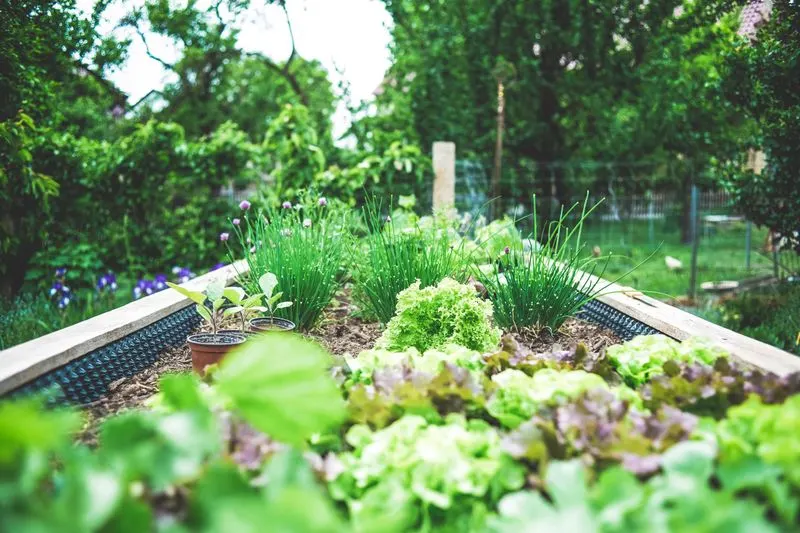
Technology is seamlessly integrating into our gardens, offering precision and convenience. Smart gardens use automated systems to control watering, lighting, and even soil conditions.
These gardens are perfect for busy individuals who want to enjoy fresh produce without constant upkeep. By monitoring conditions in real-time, smart gardens optimize growth and conserve resources. With advancements in technology, expect these innovative systems to become more affordable and user-friendly, making them accessible to gardening enthusiasts everywhere.
Wildlife-Friendly Spaces
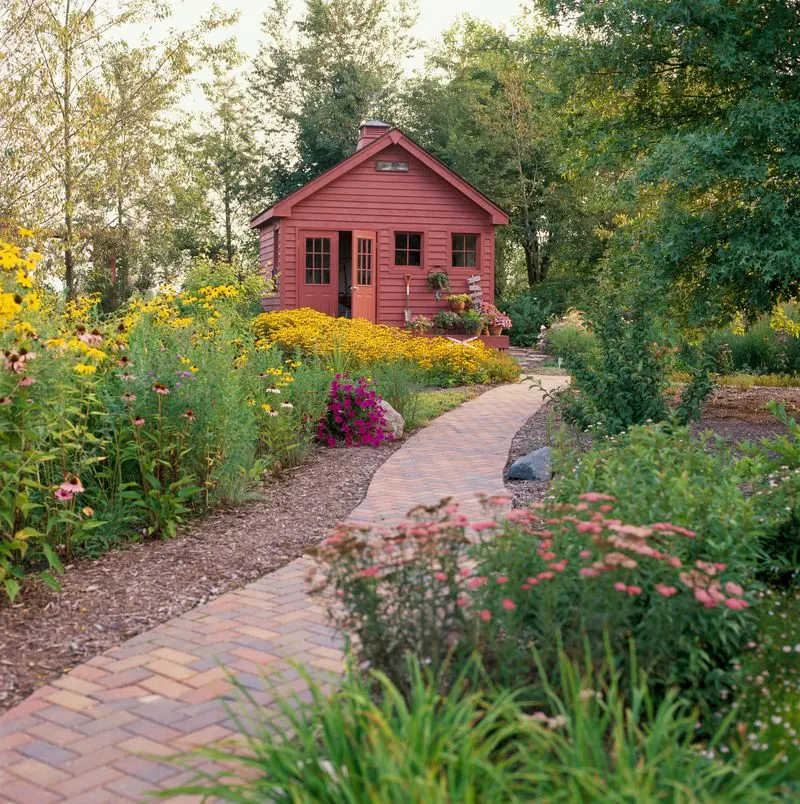
Creating havens for wildlife is a rewarding trend gaining momentum. By incorporating native plants, water sources, and shelters, gardens can support local fauna like birds, bees, and butterflies.
These spaces not only enhance biodiversity but also offer educational opportunities for families and communities. Wildlife-friendly gardens contribute to ecosystem health and can be a sanctuary for endangered species. As environmental awareness grows, more gardeners are expected to adopt practices that support wildlife.
Edible Landscaping
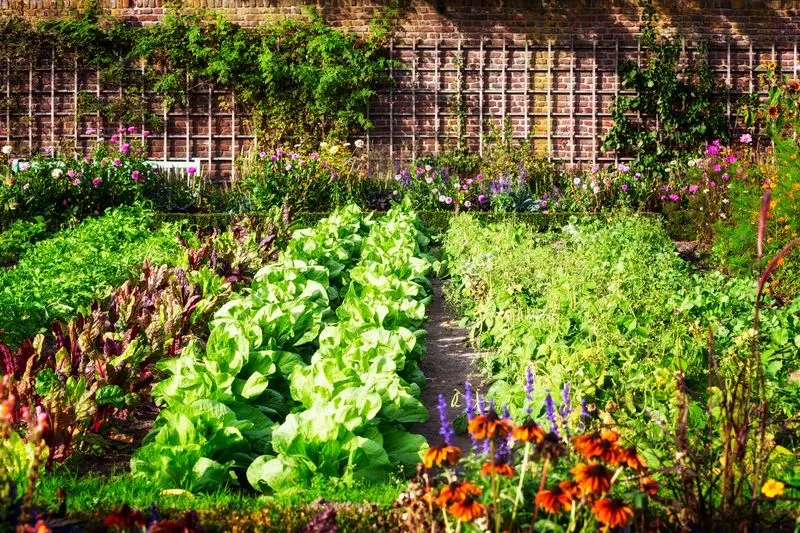
Edible landscaping is where aesthetics meet functionality. By incorporating edible plants into ornamental designs, gardeners can enjoy beauty and bounty.
Imagine a landscape dotted with fruit trees, colorful vegetable patches, and fragrant herbs. This approach encourages sustainable living and reduces grocery bills, all while providing fresh produce. As more people seek to grow their own food, edible landscaping is set to flourish, offering a feast for the eyes and the table.
Natural Pest Control
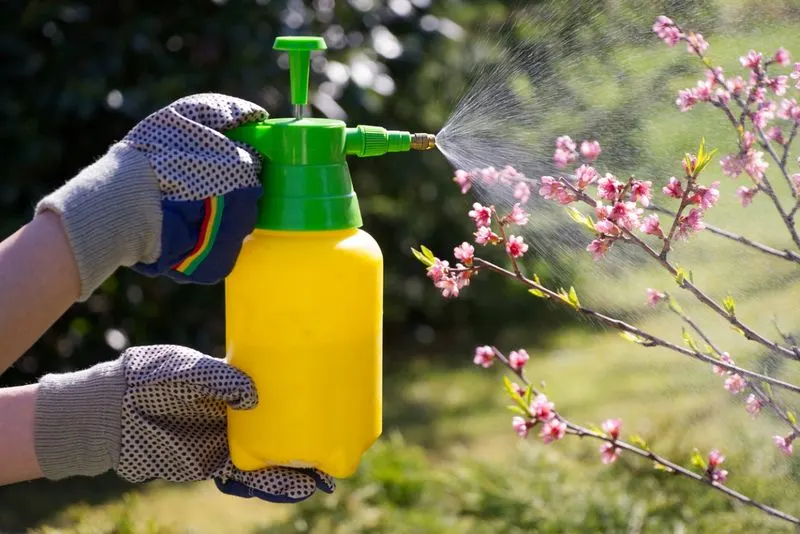
Relying on nature to manage pests is an art that’s gaining traction. Through companion planting and attracting beneficial insects, gardeners can reduce the need for chemical pesticides.
Plants like marigolds deter pests, while ladybugs and other insects help control aphid populations. This practice not only protects the environment but also promotes healthy plant growth. As awareness of chemical impacts increases, natural pest control is becoming a preferred choice for eco-conscious gardeners.
Container Gardening
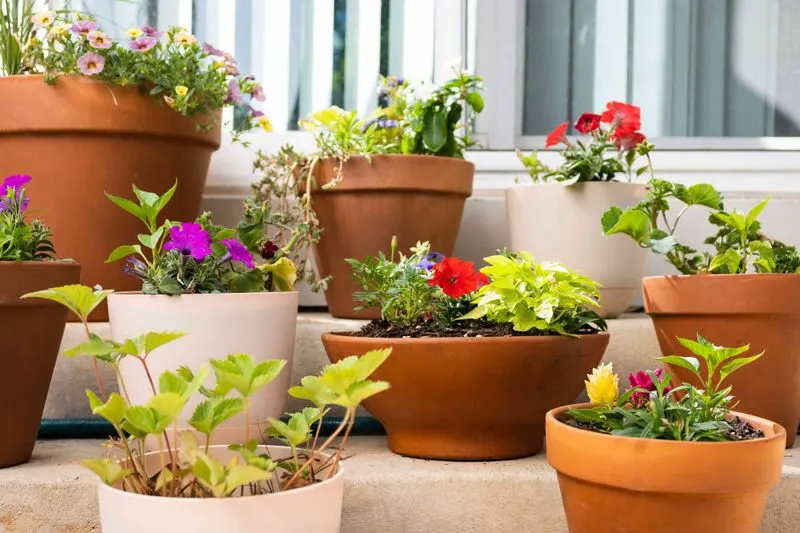
Container gardening offers flexibility and creativity, making it ideal for those with limited space. By using pots, tubs, and other containers, gardeners can create a diverse range of planting options.
This method allows for easy relocation of plants to suit changing conditions, such as light and weather. It’s perfect for renters or those with mobility issues, as it brings gardening to an accessible level. With endless design possibilities, container gardening continues to captivate garden lovers worldwide.
Permaculture Design
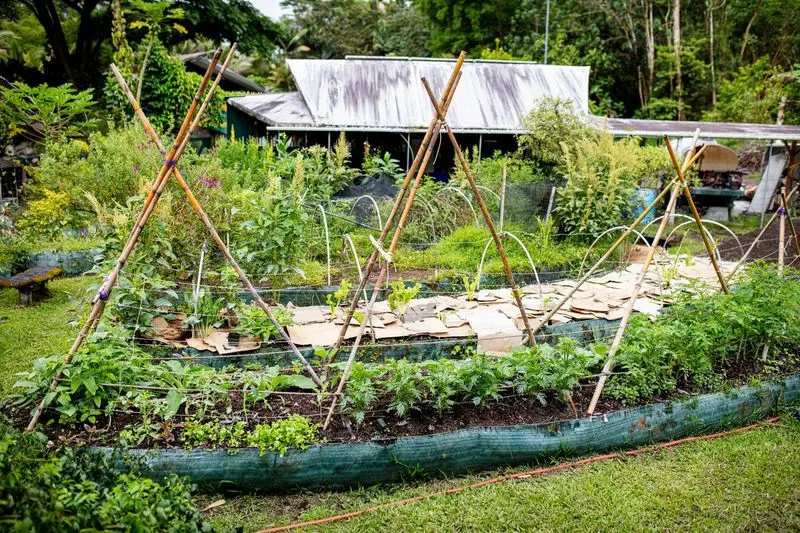
Permaculture is about working with nature rather than against it. This holistic approach designs gardens that are self-sustaining and environmentally friendly.
By mimicking natural ecosystems, permaculture gardens reduce waste and energy use. They often include water conservation methods, such as rainwater harvesting, and promote biodiversity. As sustainability becomes a priority, permaculture design is set to inspire a new generation of gardeners.
Healing Gardens
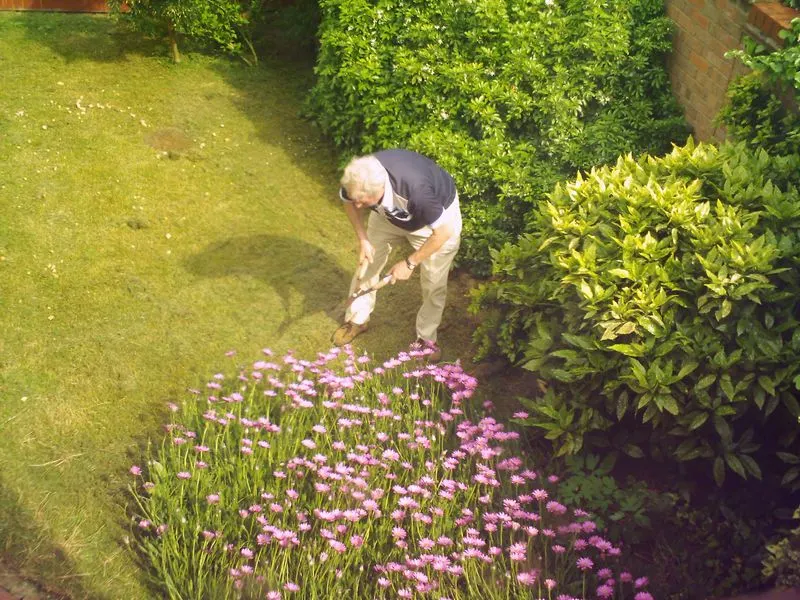
Gardens are increasingly recognized for their therapeutic benefits. Healing gardens focus on creating spaces that promote relaxation and well-being.
They often include sensory plants, soothing water features, and quiet areas for meditation. These gardens are not only restorative but also foster mental health awareness. As people seek solace from busy lives, healing gardens offer a sanctuary for rejuvenation and reflection.
Pollinator Gardens
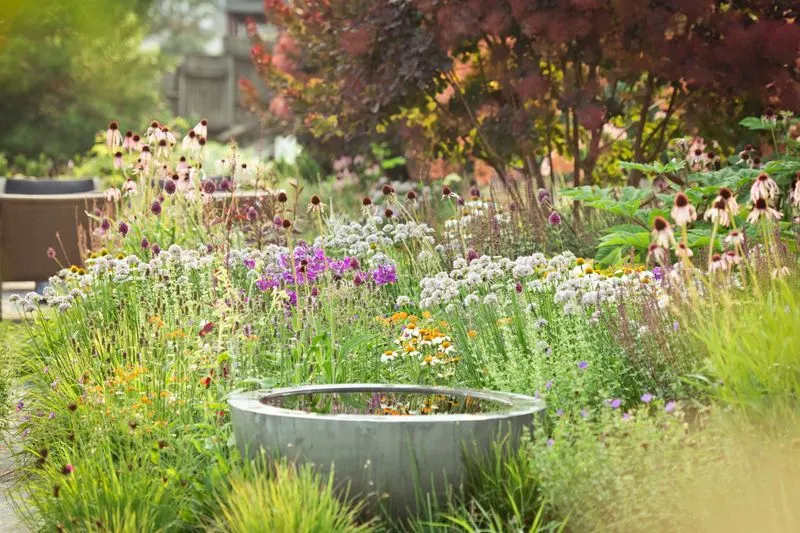
Pollinator gardens are a vibrant way to support essential species like bees and butterflies. By planting nectar-rich flowers, gardeners can create thriving habitats.
These gardens not only contribute to pollination but also bring a kaleidoscope of colors to any space. Supporting pollinators is crucial for food production and biodiversity. As awareness of their importance grows, more gardeners are expected to cultivate pollinator-friendly spaces.
Sustainable Water Management
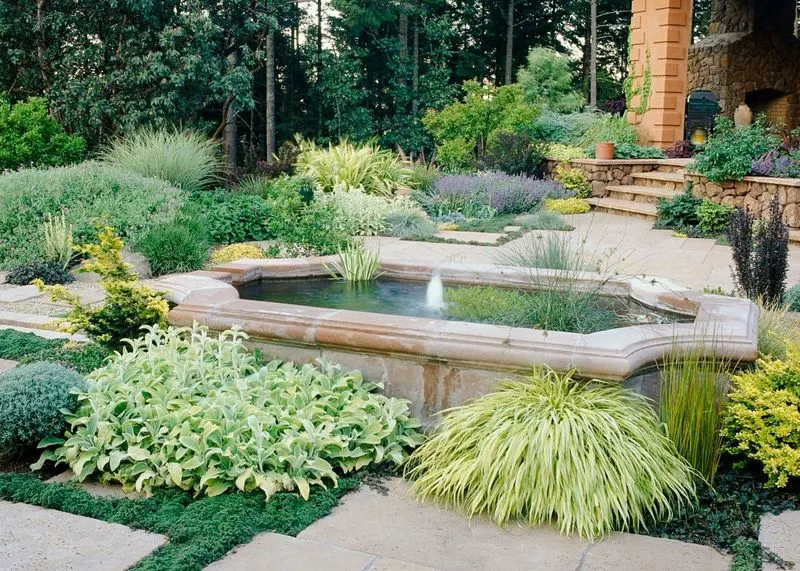
Water conservation is at the forefront of gardening innovations. Sustainable water management includes techniques like rainwater harvesting, drip irrigation, and selecting drought-resistant plants.
These practices not only reduce water consumption but also ensure gardens remain vibrant during dry spells. As climate change impacts grow, gardeners are increasingly adopting water-efficient methods, making sustainability a key focus in garden design.
Upcycled Garden Decor
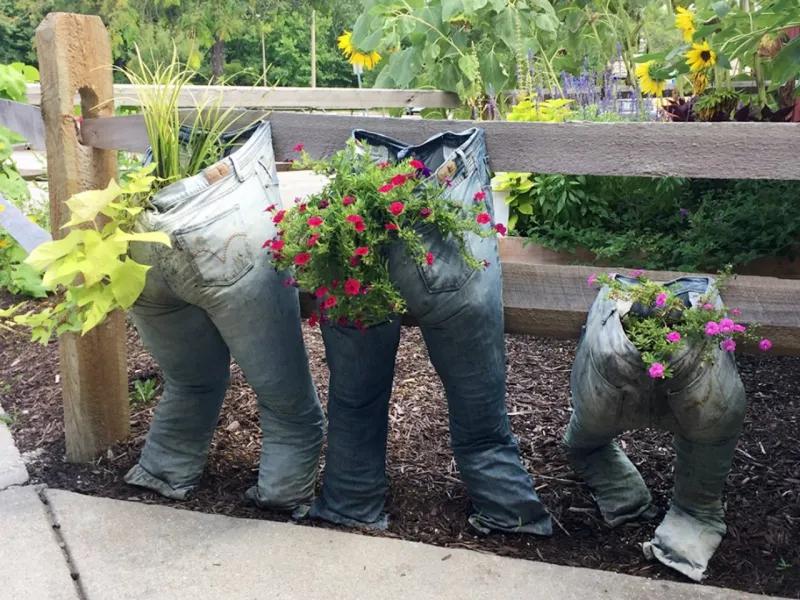
Upcycling brings creativity and sustainability together in garden design. By repurposing old items, gardeners can create unique and functional decor.
Think bicycle planters or pallet furniture, adding charm and character without breaking the bank. This trend encourages resourcefulness and reduces waste, making it an eco-friendly choice. As interest in sustainable living rises, upcycled garden decor offers endless opportunities for personalization and innovation.

